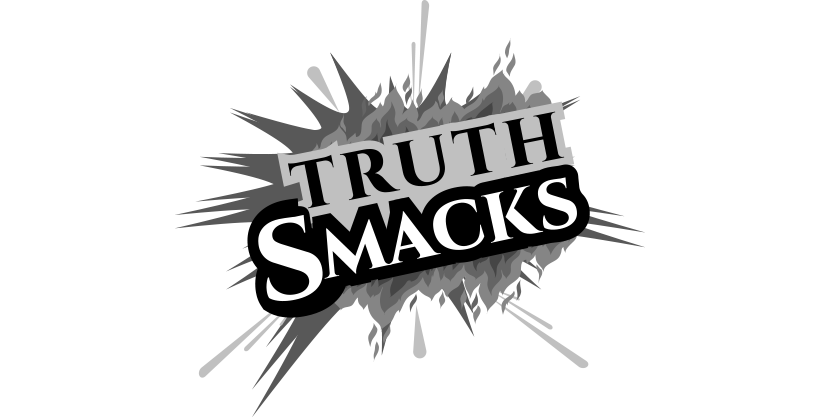-
Introduction
In today’s digital age, the speed at which a website loads is paramount. Users expect near-instantaneous access to web content, and any delays can have significant consequences for businesses and website owners. This introduction sets the stage for the comprehensive discussion that follows, highlighting the importance of website speed optimization for both user experience and search engine performance.
-
Understanding the Importance of Website Speed
This section delves into the profound impact of website speed on user experience. It discusses how a slow-loading website can frustrate visitors, increase bounce rates, and harm conversion rates. Moreover, it explores the relationship between website speed and SEO, emphasizing how Google and other search engines prioritize faster websites.
-
Measuring Your Website’s Speed
To improve website speed, you must first measure it accurately. This section introduces various tools and metrics for assessing website performance. It also covers common benchmarks and industry standards, helping readers gauge where their websites stand in terms of loading times.
-
Identifying Speed Bottlenecks
Website speed optimization requires a deep understanding of the factors that can slow down a website. This section provides insights into common culprits, such as oversized images, excessive HTTP requests, and inefficient code. It also guides readers on how to diagnose and pinpoint specific performance issues on their websites.
-
Website Speed Optimization Strategies
This is a central section of the discussion, where readers will find a treasure trove of actionable tips and strategies to enhance their website’s loading times. It covers techniques like minimizing image and media file sizes, reducing HTTP requests, optimizing code, and leveraging browser caching and content delivery networks (CDNs). It also addresses the importance of choosing the right hosting provider and plan for improved speed.
-
Mobile-Friendly Optimization
In an era where mobile devices dominate web traffic, it’s essential to optimize websites for mobile users. This section explores responsive design principles and mobile-specific performance considerations, helping readers cater to a broader audience.
-
Content Prioritization and Lazy Loading
Loading critical content first is a key strategy for perceived speed. This section discusses the concept of content prioritization and how to implement it effectively. It also explains lazy loading for images and videos, reducing initial page load times without sacrificing user experience.
-
Compression Techniques
Data compression is a fundamental technique for faster data transfer. This section delves into the benefits of GZIP and Brotli compression and provides guidance on compressing CSS and JavaScript files for improved website speed.
-
Caching Strategies
Caching can significantly reduce server load and improve website speed. This section explains both browser caching for repeat visitors and server-side caching methods, offering a comprehensive approach to optimizing caching.
-
Optimizing Third-Party Scripts
Third-party scripts, while useful, can also slow down a website. This section explores best practices for managing and deferring third-party scripts, as well as evaluating the necessity of external resources.
-
Monitoring and Continuous Improvement
Achieving and maintaining website speed optimization is an ongoing process. This section covers the importance of setting up performance monitoring tools, regularly testing website speed, and fine-tuning performance based on real-world data.
-
Case Studies and Success Stories
Real-world examples are powerful learning tools. This section presents case studies and success stories of websites that successfully improved their loading times. Readers can gain valuable insights from these examples and apply similar strategies to their own sites.
How to Optimize Page Loading Times” Keywords: Website speed optimization












